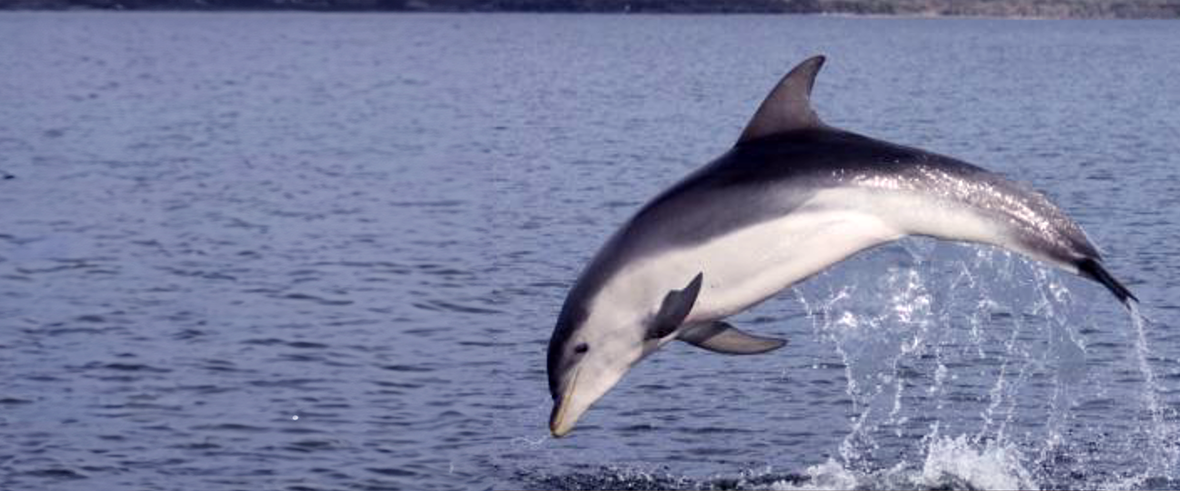
The burrunan dolphin is in a state of flux, as it toggles between being its own species and a subspecies. The Society for Marine Mammalogy and the American Society of Mammalogists both cite issues with the methodology in which they were originally described in 2011, and feel more research is needed in order to determine whether or not these critters should be considered a subspecies of the Indo-Pacific bottlenose dolphin or their own individual species. They aren’t even listed with the IUCN yet.
First the Stats…
Scientific name: Tursiops australis
Weight: Up to 287 lbs.
Length: Up to 9.1 feet
Lifespan: Up to 30 years
Now on to the Facts!
1.) They are typically found in bays and estuaries along the southern Australian coastline.
2.) These dolphins are threatened by high mercury levels in the water, pollution, low birth rates, and a small population, which can result in inbreeding. Humans also interrupt these critters via dolphin tours.
3.) The burrunan dolphin is smaller than the common bottlenose dolphins but larger than Indo-Pacific bottlenose dolphins.
4.) Burrunan dolphins can typically be seen in the Gippsland Lakes and Port Phillip bay.
5.) A group of dolphins is called a herd, pod, or school.
But wait, there’s more on the burrunan dolphin!
6.) While larger pods have been witnessed, smaller pods of up to 10 individuals is more common.
7.) Even though they can be seen during the day, these dolphins are considered to be more crepuscular (active at dawn and dusk).
Did you know…?
Echolocation tells a dolphin the distance, shape, size, speed, and location of an object in the water. They then utilize this information to determine, if an object is food, friend, or foe.
8.) Like other dolphin species, they utilize echolocation (producing sounds that act like a radar, bouncing off objects in the water) to find food.
9.) These dolphins, like other dolphins, feed on fish, squid, octopus, and cuttlefish.
10.) Females undergo up to a 12 month gestation (pregnancy) that yields a single calf.
But wait, there’s still more on the burrunan dolphin!
11.) The calf is born precocial (self sufficient) but is weaned in up to 18 months.
12.) A female will give birth every 2 – 3 years. This low birth rate is also a concern for their ability to bounce back from their low population.
Now a Short Burrunan Dolphin Video!
Be sure to share & comment below! Also, check out the Critter Science YouTube channel. Videos added regularly!
Want to suggest a critter for me to write about? Let me know here.
Some source material acquired from: Wikipedia & IUCN
Photo credit: Charlton-Robb K, Gershwin LA, Thompson R, Austin J, and Owen K, McKechnie S.



